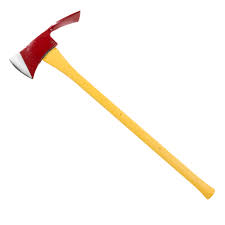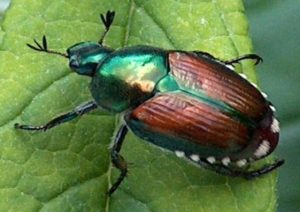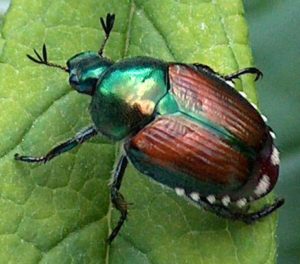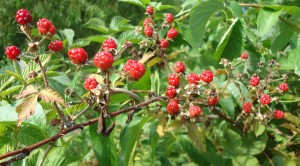The Squirrel War
 We have a bird feeder in the back yard so we can watch birds from our sun room. When we started there was trouble. Squirrels. They are fun to watch in their own right, but they are voracious little creatures. In addition, they seem to do fine without being fed. On the other hand, we have noticed an increase in the bird population when we feed them in winter.
We have a bird feeder in the back yard so we can watch birds from our sun room. When we started there was trouble. Squirrels. They are fun to watch in their own right, but they are voracious little creatures. In addition, they seem to do fine without being fed. On the other hand, we have noticed an increase in the bird population when we feed them in winter.
I should say we feed finches and sparrows. At first we inadvertently fed pigeons, but many modifications to our feeder we got them to stay away. I tried shooting the pigeons with a pellet gun, but it is illegal in Denver. As a kid I shot lots of pigeons in Fruita, but Fruita was not a city. It is now. After several years and many squirrel proofing modifications the feeder finally wore out.
The new feeder is not squirrel proof, even though it was billed as such. The little vandals leapt from the tree. We moved the feeder. They now shinny up the pole and jump over to the feeder. I think our resident female squirrel also leaps up from the ground, but we have yet to see her in the act. I can raise the feeder if she is jumping up.
To stop the pole shinnying I put a slick pvc pipe over the one inch steel pole. It didn’t work, it makes shinnying easier. The old feeder had a woven wire cage around it the birds could pass through but kept squirrels out. This one has the perches in the open air. I have thought about electrifying the pole, but it seems extreme.
I have also considered some kind of barrier between the pole and feeder, but it would be ugly. I could also install a motion activated noise cannon. No, the neighbors would disapprove. How about some kind of moat? No, it would freeze in winter. A dog or cat? Yes, they would do the job when outside, but not all the time. They would also be hard on the garden. The rabbits are enough critters in the yard.
Some kind of trip wire apparatus would work, but is too complex. Besides, what would they fall into? I think my next try is a ½ inch spaces woven wire disk on the pole, suggested by a guest at Thanksgiving. They would try to climb around the ends but if the disk is secured so it will tilt with weight on it, it might throw the squirrel off. if you have any ideas, let me know. Just remember our adversaries are clever, athletic, and persistent.
Is resistance futile?






